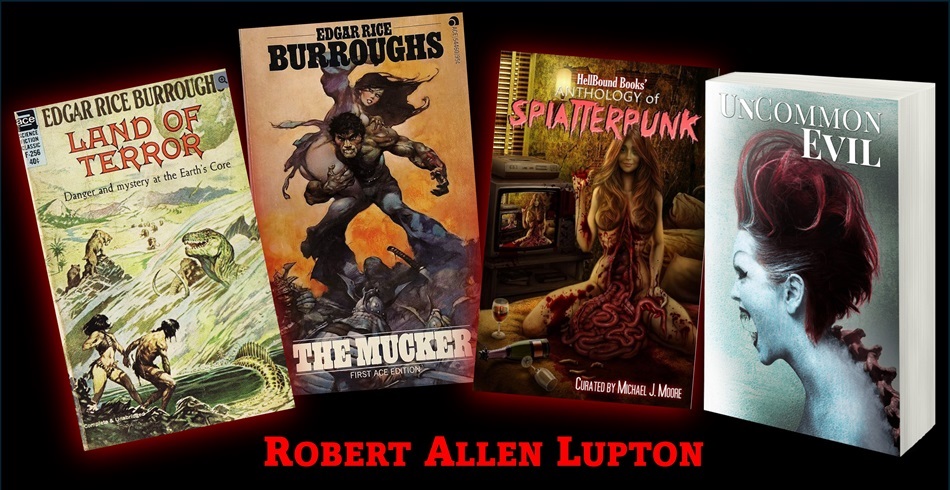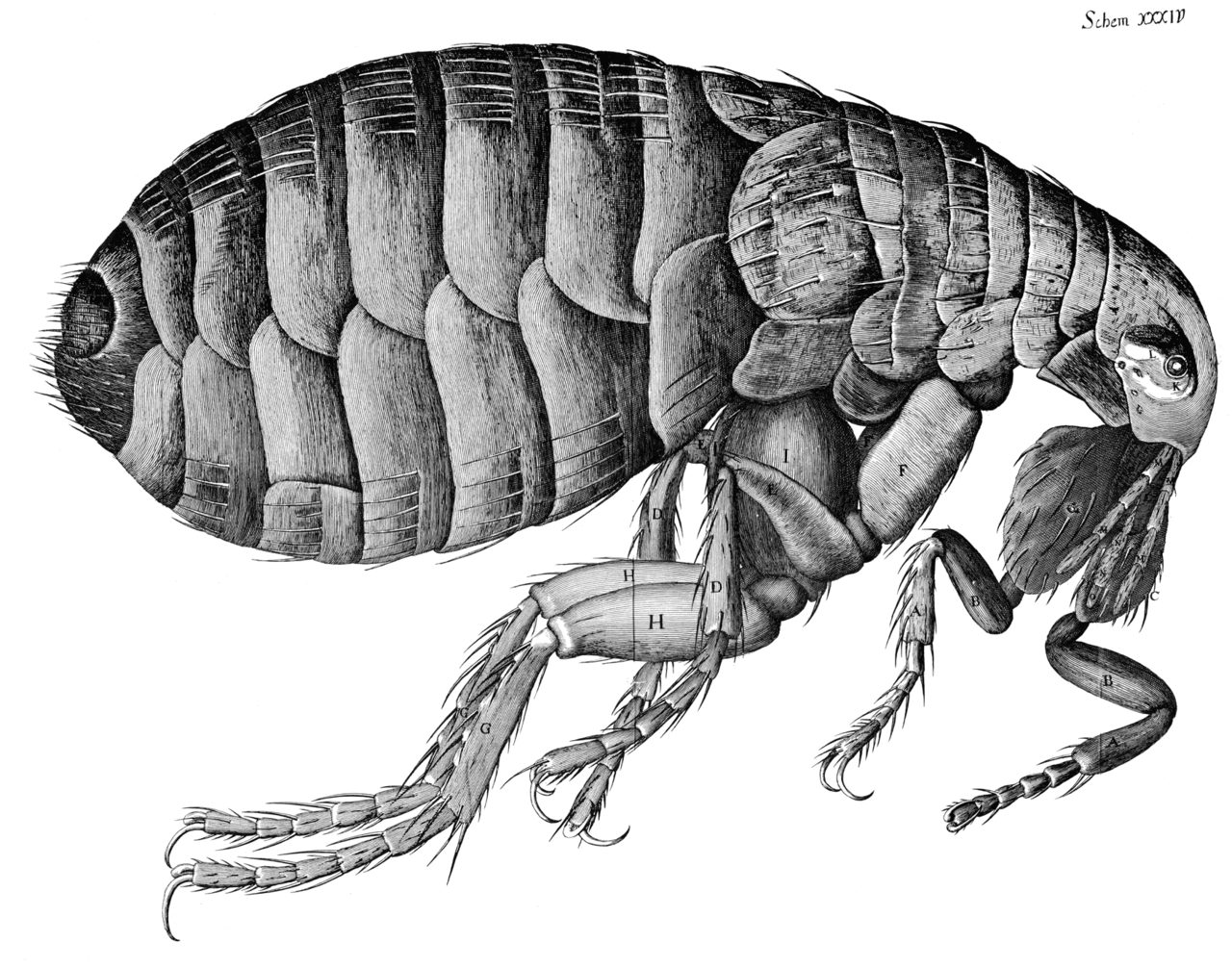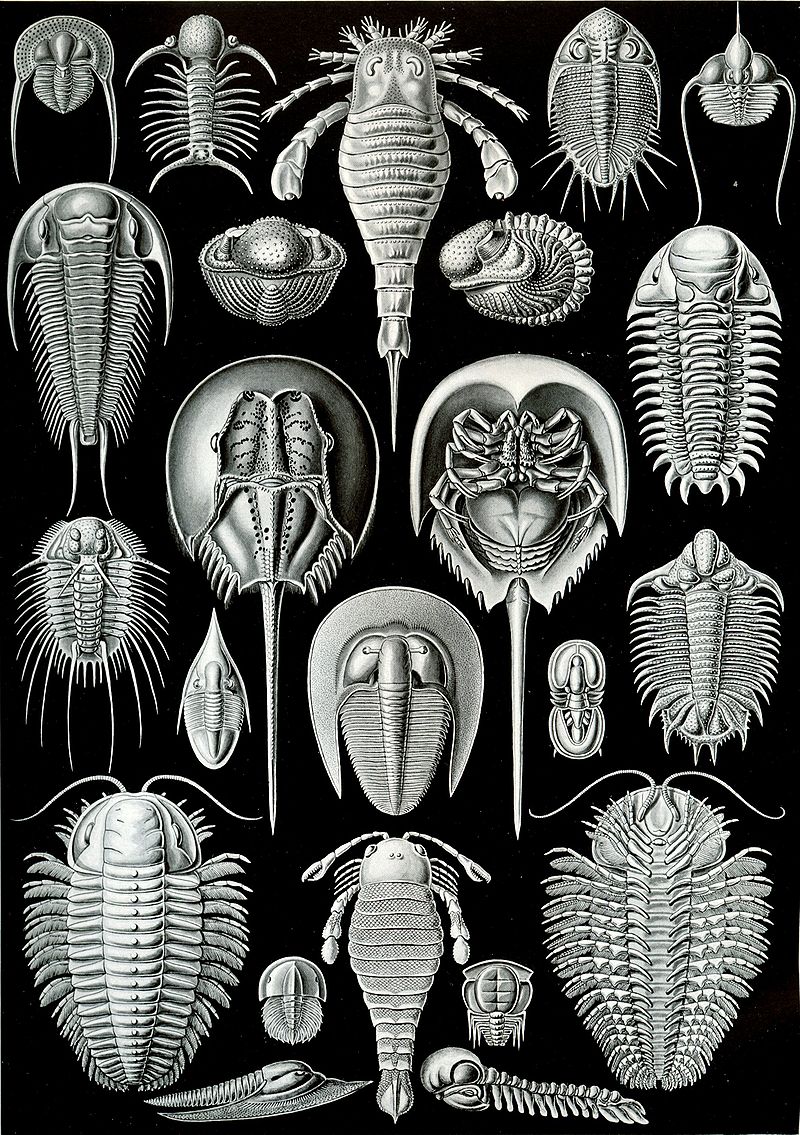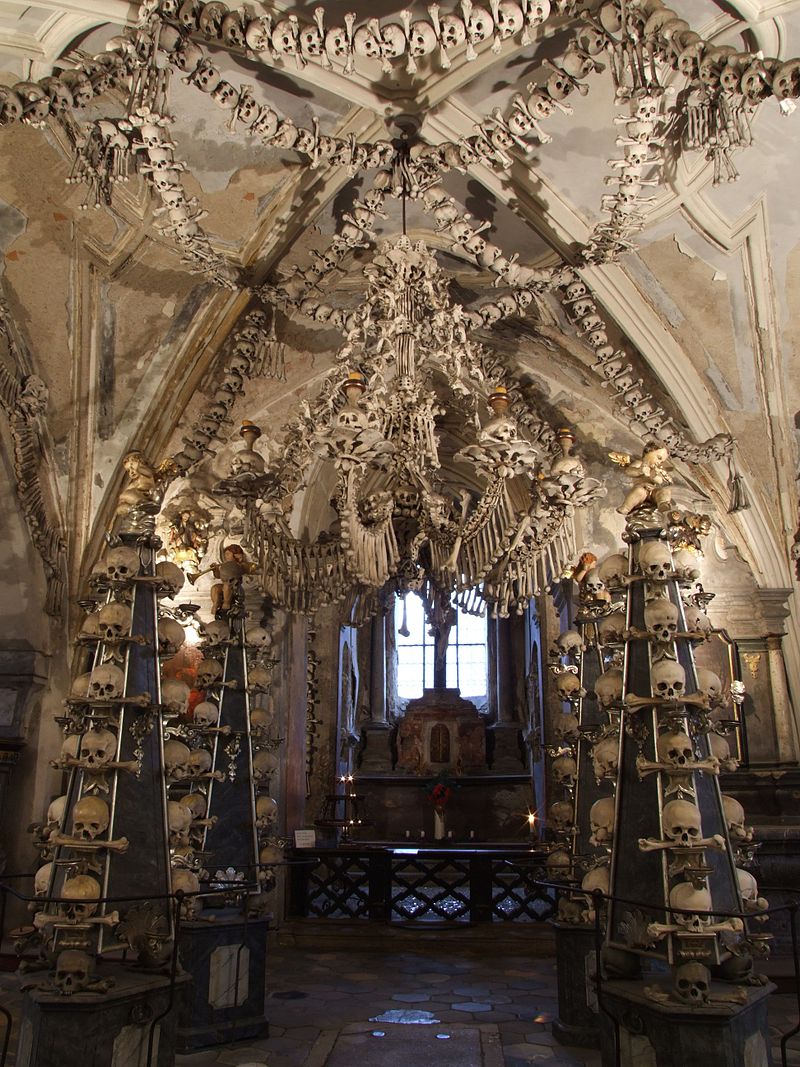Simulcast on Black Gate: BEAUTY AND NIGHTMARES ON ALIENS WORLDS: INTERVIEWING C. S.FRIEDMAN
We have an ongoing series at Black Gate on
the topic of “Beauty in Weird Fiction” where we corner an author and query them
about their muses and methods to make ‘repulsive’ things ‘attractive to
readers.’ Previous subjects have included Darrell
Schweitzer, Anna
Smith Spark, Carol
Berg, Stephen
Leigh, Jason
Ray Carney, and John
C. Hocking (see the full list at the end of this post).
Inspired by the release of Nightborn: Coldfire
Rising (July 2023, see Black
Gate’s review for more information), we are delighted to interview
C.S. Freidman! Since the late 1990’s she has established herself as a
master of dark fantasy and science fiction, being a John W. Campbell award
finalist and author of the highly acclaimed Coldfire trilogy
and This Alien Shore (New York Times Notable Book of
the Year 1998).
Let’s learn about C. S. Friedman’s muses & fears, her
experience with art, and tease a future TV series!
SEL: Tell us about your fascination with Human vs Alien
Colonization, and the struggle over shared souls/minds/psyches. That foundation
resonates across This Alien Shore, The Madness Season (the
Tyr’s gestalt-mind), the Coldfire series (via the ethereal
fae), and the Magister Trilogy (consumable souls!).
CSF: Science fiction and fantasy offer an opportunity for us
to step outside of our normal human perspective, questioning things we normally
take for granted. What better vehicle could there be for this than to have
humans confront a non-human being or force? Or to have two souls battle
over a single identity? Such stories invite us to question what
‘identity’ really means, and whether the assumptions we make about the world
are rooted in some kind of universal reality, or are simply a human construct.
One of my favorite creations is the first story I decided to
publish, which wound up being chapter 11 in my first book, In Conquest
Born. Stranded on an alien world, a human telepath is forced to seek
mental communion with an alien race. In doing so, she must surrender her
human identity, because the manner in which these aliens perceive the world is
not something a human psyche can comprehend. One must see reality through their
eyes to understand them. That is a repeated theme in my work.
One of my favorite stories that someone else wrote was
published many years ago in Asimov’s SF magazine. It was Nancy Kress’s “A
Delicate Shade of Kipley.” It takes place on a world where constant fog makes
everything appear gray, so that the entire world is drained of color. The
humans who landed there desperately hunger for color and treasure the few
colorful pictures of Earth that they have managed to salvage. To their
child who was born there, however, the grey world has its own kind of beauty,
and she relishes fine gradations of gray as her parents once relished the
brilliant colors of a rainbow. (“A Delicate Shade of Kipley” can be found in Isaac Asimov: Science Fiction
Masterpieces)
Jeszika Le Vye’s cover for Nightborn prominently
features the fae even more so than the striking trilogy covers by Whelan (more
on those below); we learn in the novella Dominion (bundled
with Nightborn) that the fae has colors (to those blessed to see
them). The alien energy seems to be both muse and nightmare, and we’d love to
learn your take on them. Do you envision your own nightmares and muses this
way?
No, my nightmares are much more mundane. The most terrifying
ones involve the American Health Care system 😊.
The fae is described: Earth-fae is a luminescent blue, dark
fae the intense purplish glow of a UV lamp, solar fae gold. One of the
opening scenes in Jaggonath takes place when an earthquake hits, and the wards
on buildings pulse with visible blue power. The fae is beautiful and
energizing and terrifying, all at once.
I was thrilled to find some pictures of bioluminescent ocean
waves while I was working on Nightborn. No doubt my cry of “Oh my
God, it’s the fae!” could be heard for miles. The eerie beauty of rippling blue
light as it ebbed and flowed with the waves was mesmerizing, and that will be
my image of it forever, now that I have found those videos (here’s a link to sample
them).
The Coldfire Series,
cover art by Michael Whelan
What scares you? Is it beautiful?
“I was afraid that if I became a happier person I would
not be able to write dark fiction” — C.S. Friedman
What scares me most is the darkness in my own soul, the
capacity for depression that can cause me to sabotage my own life and undermine
my own spirit. The only thing positive I will say about it is that I drew upon
my experience with depression in my early books when I depicted psychological
darkness. In fact, I recall when I was first diagnosed and offered
anti-depressants, I was afraid that if I became a happier person I would not be
able to write dark fiction. And it is harder now, to be sure.
There is a song by the band Renaissance, Black Flame. It
tells the story of someone struggling against inner darkness, in powerfully
evocative poetry. For me it has always reflected that terrible inner
seduction, the darkness that can drive a human soul to lose sight of its path,
and ultimately destroy itself. Here is the song on Youtube, and
here are the
lyrics.
Here
is another piece they did in which psychological darkness becomes
hauntingly beautiful. (A radio contest declared it “the most depressing
song ever.”). I believe the original music is by Bach.
There is a dark beauty in such songs, and I hope in my
writing.
Do you detect beauty in art/fiction that appears to be
repulsive (weird/ horror)? Any advice for writers on how to strike the
right balance to keep readers engaged?
What is beauty? Is it something that is “pretty?” or a
deeper, more visceral quality? Classically beautiful things transfix us, but we
will also stop at the site of a road accident, mesmerized by its horror.
Against our will, we want to see it.
Gerald Tarrant is the essence of human beauty, described as
nearly angelic in appearance. When he walks through a room, everyone notices
him, and women are magnetically drawn to him. But it is the horror of that
appearance being wedded to pure evil that makes us want to read about him —
that makes it impossible for us to look away. It is when the nature of
something horrific fascinates us that we cannot turn our eyes away, no matter
how much we want to.
“… it is the horror of that appearance being wedded to
pure evil that makes us want to read about [Tarrant].” – C. S. Friedman
Fashion Muse: You were formerly trained in Costume Design [link]),
creating for professional theater, PBS, and all sorts of productions; you even
were a lecturer on the topic for years. Do you still dabble in fashion arts,
and how does that influence your prose and/or character design?
Not really. I was in an abusive job situation for 13 years
and I burned out pretty badly. Knowledge of aesthetic principles and fashion
history inform my descriptions, of course, but I have left that field behind in
favor of writing and teaching. Sometimes I miss it, but what I miss is the
pleasure I originally took in it, not what it became. There are too many bad
memories now. I sew when I have to, not for pleasure.
What other muses inspire you (i.e., for your bead jewelry [link]),
and does that creativity spill over to writing?
I took up glasswork because it was different from my
writing, using different parts of the brain, explorations of color and texture
rather than language. It speaks to a different side of my creativity, which
is why I enjoy it.
Do you identify with your protagonists?
No, and sometimes I feel like I am unique among writers in
not having a personal connection to my characters. I have been on writing
panels where writers talk about how they talk to their characters, or sense
what their characters want to do…I just write them. They are my creations. I
relate to them as I would relate to clay I was molding into a sculpture, or
glass I was wrapping around a mandrel. I am deeply invested in them as
creations, but not as people.
The Magister Series –
cover art by John Jude Palencar
Let’s talk about covers & how artists depict your
characters via illustrations. Gerald Tarrant was famously adapted in the
Michael Whelan cover for the Coldfire trilogy) and Kamala from the Magister
Series depicted by the renowned John Jude Palencar. Traditionally,
authors have no say in the cover art design, but I’m curious about your
experience. Did the costume designer in you have any influence or comment on
those?
I have been permitted to offer input into my covers, to
varying degrees. This is something that evolved over time. I studied graphic
art in college, and of course I spent years as a theatrical designer, so I have
enough understanding of graphic design to offer meaningful input, and I have
always understood that the purpose of a cover is to help market the book. Over
time, my editor learned that I could offer meaningful suggestions in that
context, so I have been allowed to do so.
Any current or future endeavors we can pitch? More Coldfire? In August
2022, Deadline reported The Coldfire Trilogy may
become a TV series; also according to Pat’s
Fantasy Hotlist, you have plans for another Coldfire novella
will be focused on Gerald Tarrant bringing faith to his world, even as darkness
begins to take root within his own soul.
The most exciting news right now is my novel Nightborn, which
is coming out in July. It tells the story of the founding of Erna and
mankind’s discovery of the fae, and is one of the most intense things I have
ever written. That volume will also include Dominion, a novella
dealing with Tarrant’s transformation from a simple creature of the night into
the Hunter. Both are compelling works that I know Coldfire fans
will enjoy, but also accessible to new readers.
And yes, we are attempting to market a TV series based
on Coldfire, so fingers are crossed on that. I want to see
the fae in visual media! The next novel will probably be in my Outworlds series
(This Alien Shore, etc.) but I am considering shorter works in the Coldfire series.
There are so many interesting time periods and events in Ernan history! I
am working on a timeline that will enable me to offer many different stories,
all in the context of the greater setting. It’s all very exciting, and the
enthusiasm my fans have shown for all my Coldfire stories
has been downright inspiring.
“And yes, we are attempting to market a TV series based
on Coldfire, so fingers are crossed on that. I want to see
the fae in visual media! ” – C. S. Friedman
Lots of updates are forthcoming! How do we stay in touch
with the latest?
Please join me on Facebook, and/or Patreon for news, essays,
project excerpts, and of course conversations with my readers.
C.S. Friedman
An acknowledged master of dark fantasy and science fiction
alike, C.S. Friedman is a John W. Campbell award finalist, and
the author of the highly acclaimed Coldfire trilogy, This
Alien Shore (New York Times Notable Book of the
Year 1998), In Conquest Born, The Madness Season, The
Wilding, The Magister Trilogy, and the Dreamwalker series.
Friedman worked for twenty years as a professional costume designer, but
retired from that career in 1996 to focus on her writing. She lives in
Virginia, and can be contacted via her website, www.csfriedman.com, Facebook,
or Patreon.
#Weird
Beauty Interviews on Black Gate
- Darrel
Schweitzer THE
BEAUTY IN HORROR AND SADNESS: AN INTERVIEW WITH DARRELL SCHWEITZER 2018
- Sebastian
Jones THE
BEAUTY IN LIFE AND DEATH: AN INTERVIEW WITH SEBASTIAN JONES 2018
- Charles
Gramlich THE
BEAUTIFUL AND THE REPELLENT: AN INTERVIEW WITH CHARLES A. GRAMLICH
2019
- Anna
Smith Spark DISGUST
AND DESIRE: AN INTERVIEW WITH ANNA SMITH SPARK 2019
- Carol
Berg ACCESSIBLE
DARK FANTASY: AN INTERVIEW WITH CAROL BERG 2019
- Byron
Leavitt GOD,
DARKNESS, & WONDER: AN INTERVIEW WITH BYRON LEAVITT 2021
- Philip
Emery THE
AESTHETICS OF SWORD & SORCERY: AN INTERVIEW WITH PHILIP EMERY 2021
- C.
Dean Andersson DEAN
ANDERSSON TRIBUTE INTERVIEW AND TOUR GUIDE OF HEL: BLOODSONG AND FREEDOM! (2021
repost of 2014)
- Jason
Ray Carney SUBLIME,
CRUEL BEAUTY: AN INTERVIEW WITH JASON RAY CARNEY (2021)
- Stephen
Leigh IMMORTAL
MUSE BY STEPHEN LEIGH: REVIEW, INTERVIEW, AND PRELUDE TO A SECRET CHAPTER (2021)
- John
C. Hocking BEAUTIFUL
PLAGUES: AN INTERVIEW WITH JOHN C. HOCKING (2022)
- Matt
Stern BEAUTIFUL
AND REPULSIVE BUTTERFLIES: AN INTERVIEW WITH M. STERN (2022)
- Joe
Bonadonna MAKING
WEIRD FICTION FUN: GRILLING DORGO THE DOWSER! 2022
- S.
Friedman. Beauty and Nightmares on Aliens Worlds 2023
- interviews
prior 2018 (i.e., with John R. Fultz, Janet E. Morris,
Richard Lee Byers, Aliya Whitely …and many more) are on S.E. Lindberg’s
website




































